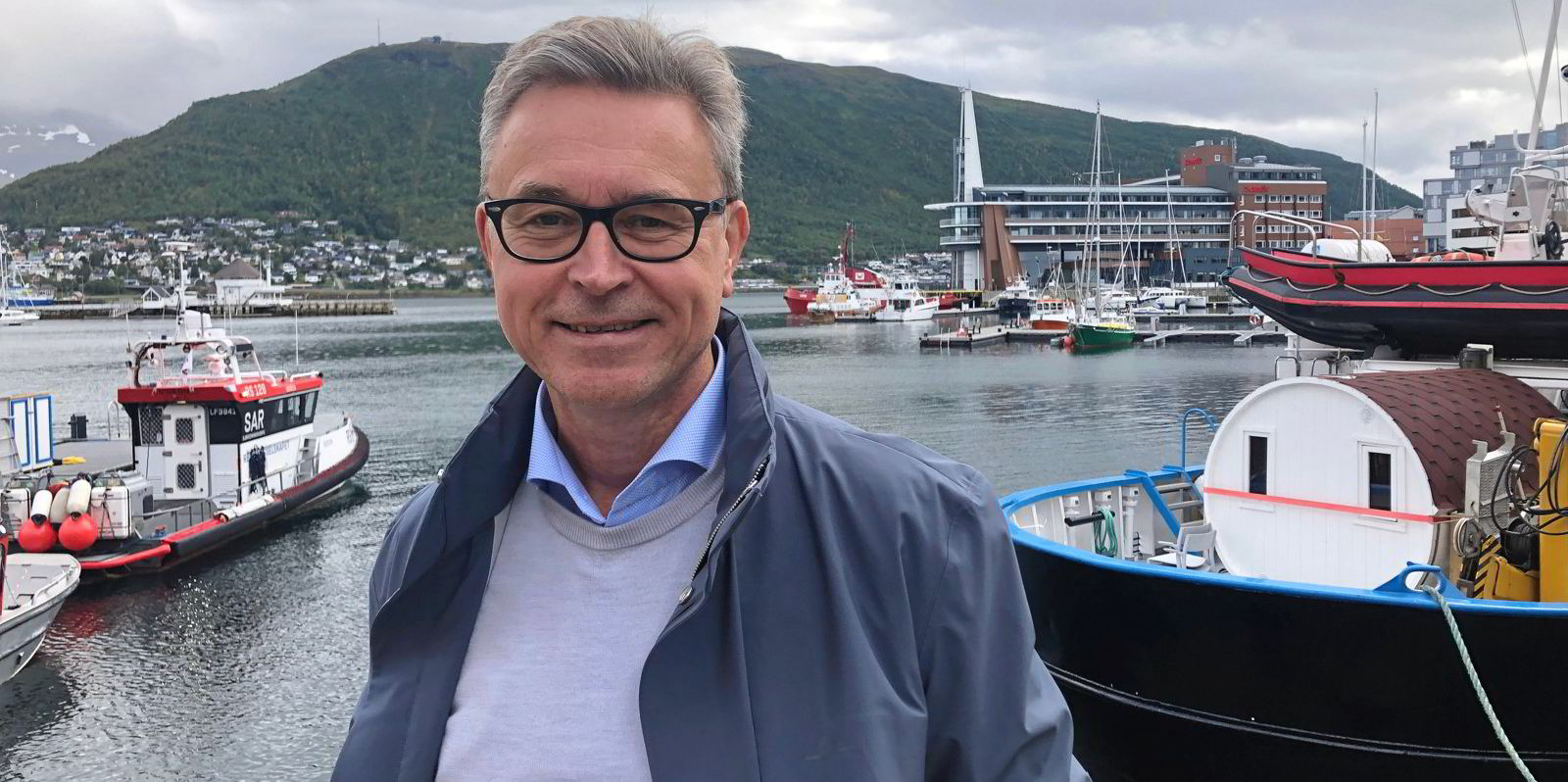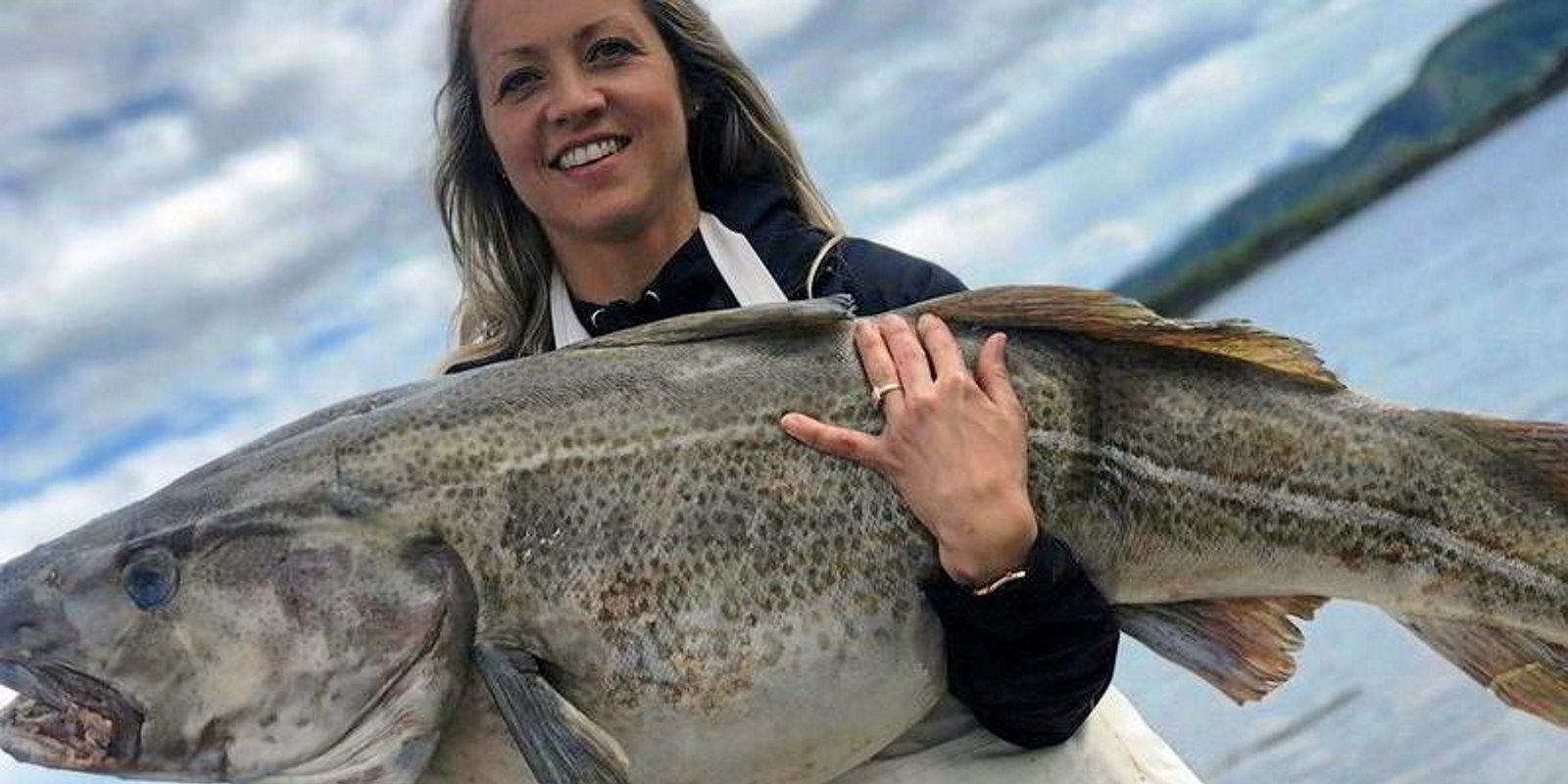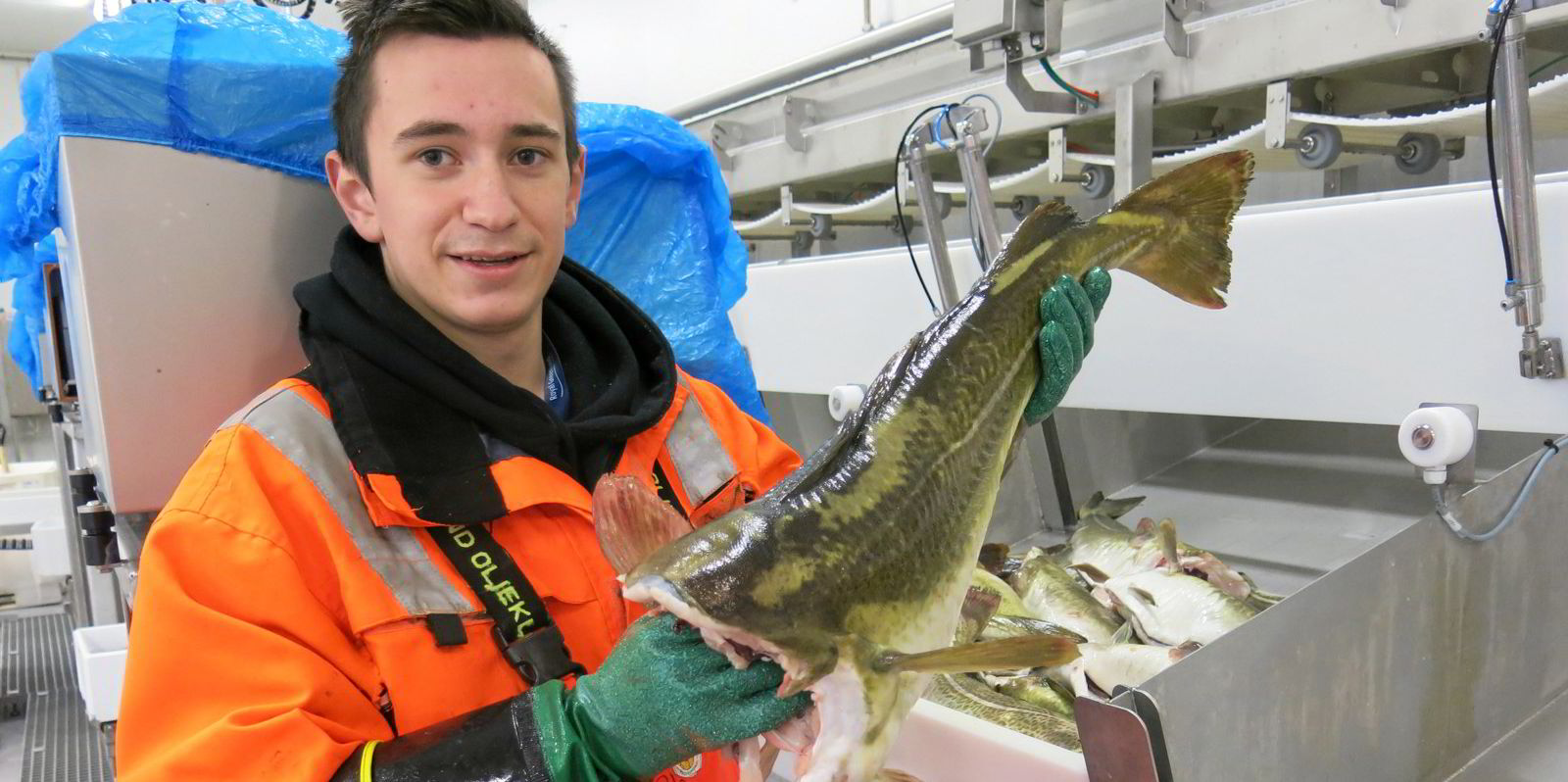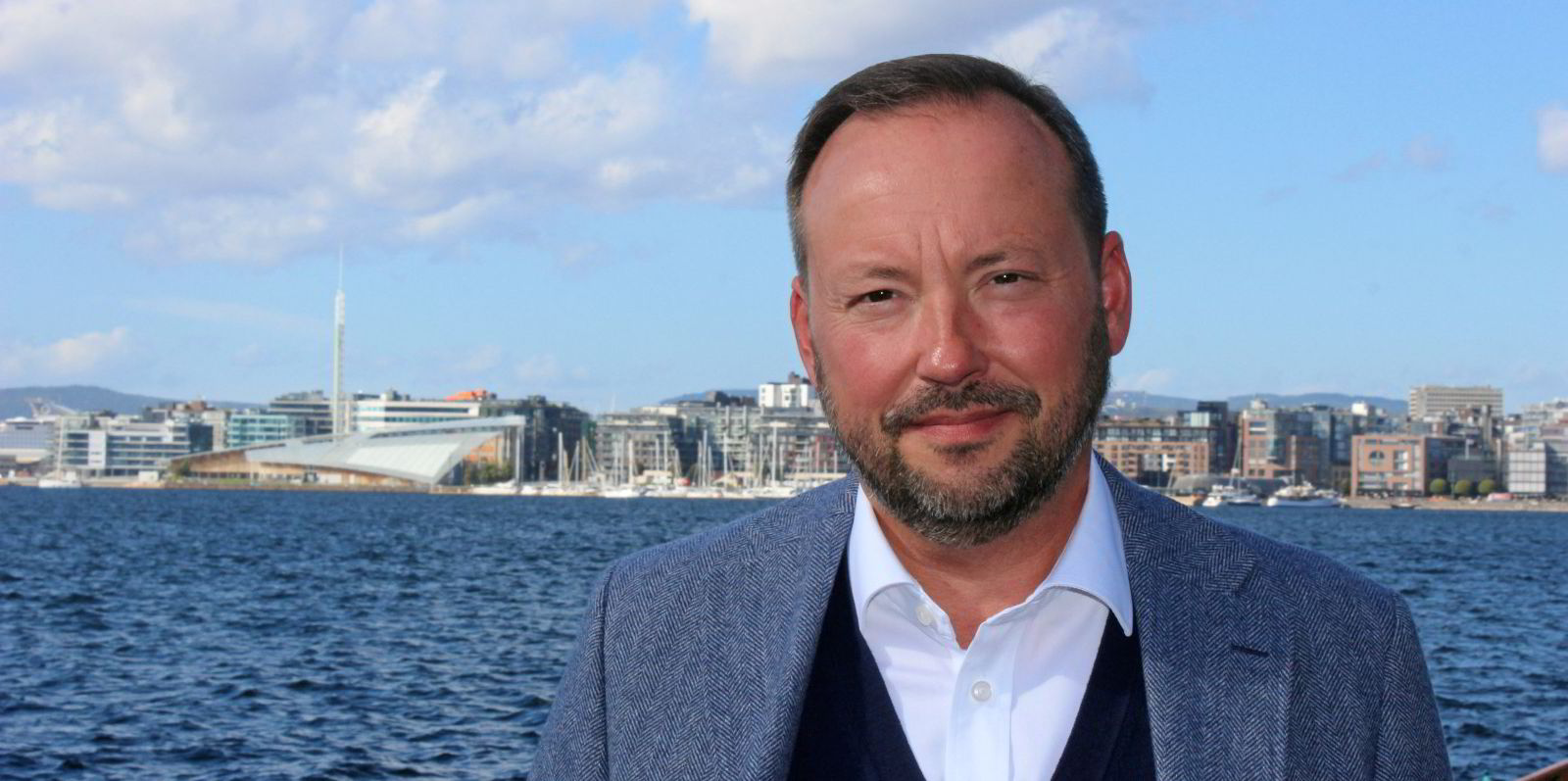Norway and the United Kingdom signed a post-Brexit free trade agreement (FTA) on Friday, which continues all tariff preferences and duty-free import quotas for seafood that the sector had while the UK was still a member of the EU, bringing some stability to the industry.
The agreement includes a continuation of all previous tariff preferences for seafood and improved market access for whitefish, shrimp and several other products.
Norway achieved improvements for some products to the United Kingdom, including frozen peeled shrimp and frozen haddock fillets, which are key products in the British market.
Norway has achieved zero tariffs for 43 tariff lines, including for frozen fillets of mackerel, haddock, saithe and other whitefish species.
Frozen peeled shrimp, which is the most important shrimp product, will have zero tariffs from Jan.1, 2023 and have access to a duty-free quota during the downsizing period.
“I am very pleased that we have a free trade agreement in place with the United Kingdom,” said Odd Emil Ingebrigtsen, Norway’s Minister of Fisheries and Seafood. “The agreement contributes to increased predictability for trade in seafood to one of our most important export markets.”
The United Kingdom is the third largest export market for Norwegian seafood measured by volume and the fifth largest market by value.
In 2020, 147,000 metric tons of seafood were exported to the United Kingdom worth NOK 6.2 billion (€611.4 million/$742.6 million).
Specifically, the UK is an important export market for, among other things, haddock, cod, shrimp and salmon, and is by far Norway's largest market for frozen haddock fillets, which the British use in their fish and chips.
The agreement ensures the continuation of all tariff preferences for seafood that Norway had while the United Kingdom was a member of the European Union.
In addition, some important improvements have been achieved.
The agreement continues duty-free for fresh and frozen whole whitefish.
Frozen cod fillets can be exported duty free within a quota of 4,000 metric tons and will meet customs duties of 0.9 percent if the quota is fully used.
In the free trade agreement, Norway has also achieved duty-free tariffs on frozen fillets of haddock and saithe and mackerel.
Zero customs duties have also been secured for live, fresh and frozen products of king crab, snow crab and bag crab.
Frozen peeled prawns will meet zero tariffs to the UK from 2023, and shell prawns will meet zero tariffs from 2025.
For exports of frozen peeled prawns in excess of the duty-free quota established for this year, the duty will be reduced from 7.5 percent to 5 percent. For exports in excess of the duty-free quota of 1,560 metric tons in 2022, the duty rate has been further reduced to 2.5 percent. The zero tariffs will apply from Jan. 1, 2023.
In addition, the UK will create 15 duty-free import quotas for Norwegian seafood.
The size of the duty-free quotas covers historical quota features on imports to the United Kingdom, and has been increased for some quotas in the pelagic sector to allow for growth in trade.
Norway has also achieved simplifications in the quota regime compared with the quota regime it has for the EU.
In addition, Norway and the United Kingdom have also agreed on a framework for further cooperation in the veterinary field.
As a result of the United Kingdom leaving the European single market, requirements for veterinary border control will be introduced from Jan. 1, 2022.
Requirements for health certificates will be introduced from Oct.1, 2021.
Norway and the United Kingdom agreed to work together to ensure that trade flows as well as possible, and a joint committee shall be set up to discuss veterinary matters.
It is also agreed that Norwegian exports will have the same good conditions as exports from the EU.
“Our goal has been to get the best possible terms for trade with the UK,” said Ingebrigtsen.
“The agreement means that effective border control is planned to ensure that goods do not deteriorate at the border and that they enter the market quickly which is especially important for the seafood industry.”
A lost opportunity for Norway
Geir Ove Ystmark, CEO of Seafood Norway (Sjomat Norge), however, was less impressed with the trade deal, calling it a "lost opportunity for Norway."
"The government entered into these negotiations with a clear ambition to safeguard and strengthen Norwegian seafood interests . They have not succeeded in that. We have received an agreement which, by and large, means that we are standing still," he said.
Seafood Norway was calling for lower tariffs on processed products, which would generate activity and create jobs in Norway.
The country's largest seafood organization believes that Norway will now remain a raw material supplier with this agreement.
"An opportunity that has been messed up," said Ystmark.
"The government has given up a unique opportunity to put in place an agreement that would provide important - and necessary - industrial development along the coast."
Ystmark did highlight a few bright spots in the agreement, which places Norway on a level playing field with its competitors as well the cuts to tariffs on haddock and shrimp.
"It is good news for the export industry in general that an agreement has now been reached," he said.
"Predictability is important for companies, especially with a view to future investments. For the fishing industry, this unfortunately means that any investment plans must be shelved."




